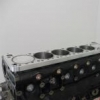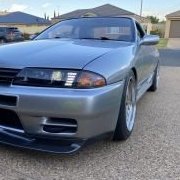Project Rb31dett. The Development Of My Open Deck Rb Engine And The Quest For More Torque!
Announcements
-
Similar Content
-
Latest Posts
-
And what you now need is cruise control for your 'line to get even better economy . . . . or build one to suit . . . . . . . . wait like I did . . . . . . . and never again . . . . . . . . I'd rather snort wasabi ! ! !
-
The base problem was the turbo actuator arms. I could have just done the turbos but opted to do all supporting hardware at the same time to really future proof the car for me. But yeah, wont be much change from $6k.
-
By Dose Pipe Sutututu · Posted
You can just swap the pins at the CAS connector side. You could go old school and use a test light to see which pin is going back to B1 on your ECU -
maybe another thing for me to try? timestamped (i know its the nz wiring kit, but this is on the haltech software side)
-







Recommended Posts
Create an account or sign in to comment
You need to be a member in order to leave a comment
Create an account
Sign up for a new account in our community. It's easy!
Register a new accountSign in
Already have an account? Sign in here.
Sign In Now